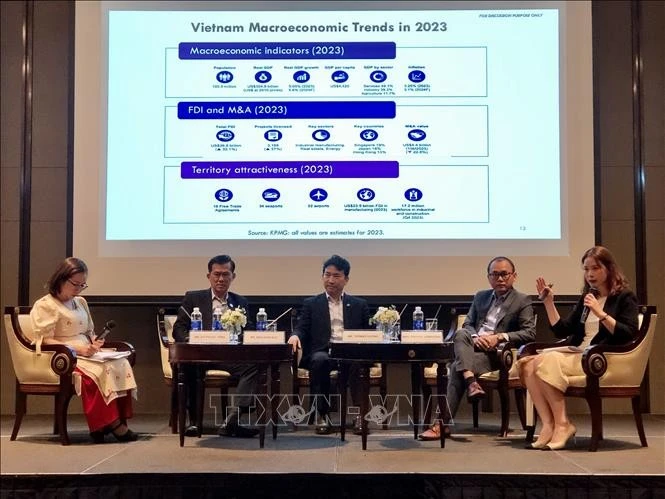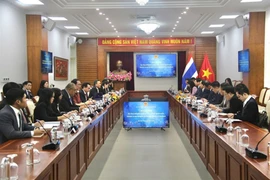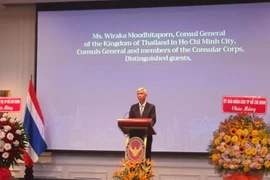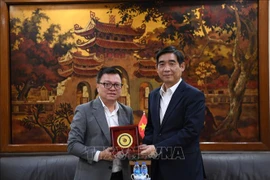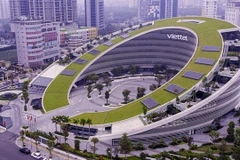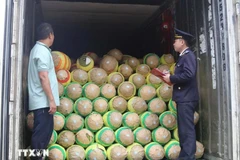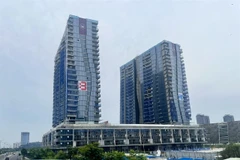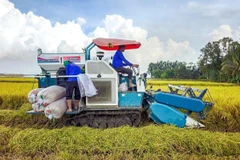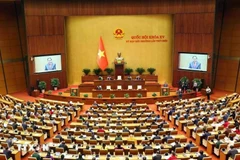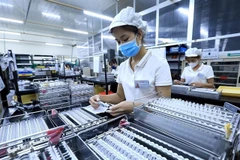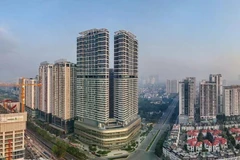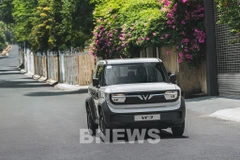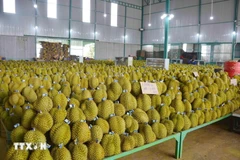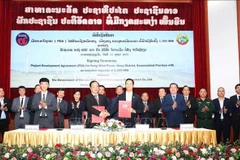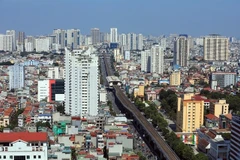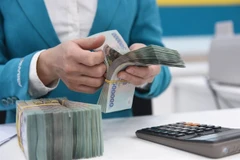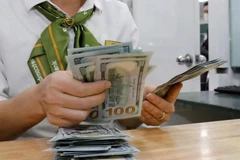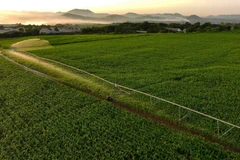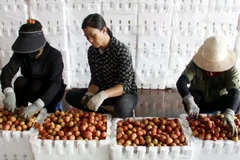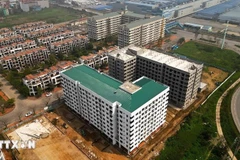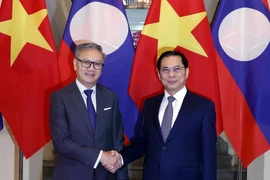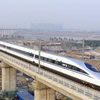HCM City (VNA) – Vietnamese and Thai businesses explored trade and investment opportunities at an industrial trade exchange event in Ho Chi Minh City on February 13.
Hosted by the Thai Trade Office in HCM City, the event is part of the efforts to expand exports of industrial products to the Southeast Asian nations by the Department of International Trade Promotion (DITP) under the Ministry of Commerce.
The exchange brought together 20 Thai enterprises from four key sectors namely medical supplies, electronics, automotive parts, and machining equipment, alongside over 100 Vietnamese businesses.
Representatives from industry associations such as the Saigon Construction & Building Material Association (SACA), the Ho Chi Minh City Association of Mechanical-Electrical Enterprises (HAMEE), and APEX TOOL Group shared insights on Vietnam’s market trends, growth prospects, and business culture.
Vietnam’s construction sector, contributing 7.87% of GDP (37.5 billion USD), presents significant investment opportunities, particularly in legal framework development, infrastructure, automation, and sustainable building.
Meanwhile, the mechanical engineering sector, comprising 30,000 enterprises, is gradually mastering steel structure design and manufacturing. It is also a key area for foreign direct investment (FDI), especially in manufacturing and processing.
Vietnam’s FDI inflows have rebounded post-pandemic, driven by its young workforce, strategic location, and numerous free trade agreements (FTAs). The Government is prioritising high-tech industries such as semiconductors, electronics, and automobiles while expanding FDI into value-added service sectors. Infrastructure development is also opening up new opportunities in construction materials, an area where Thailand holds a competitive edge.
According to Vietnam Customs, trade between Vietnam and Thailand reached 20.18 billion USD in 2024, up 6.4% year-on-year. Thailand remained Vietnam’s top ASEAN trade partner, accounting for 24% of its total trade with the bloc.
However, Vietnam recorded a trade deficit of 4.26 billion USD with Thailand for the 12th consecutive year. Both nations aim to boost bilateral trade to 25 billion USD in a more balanced and sustainable manner./.
